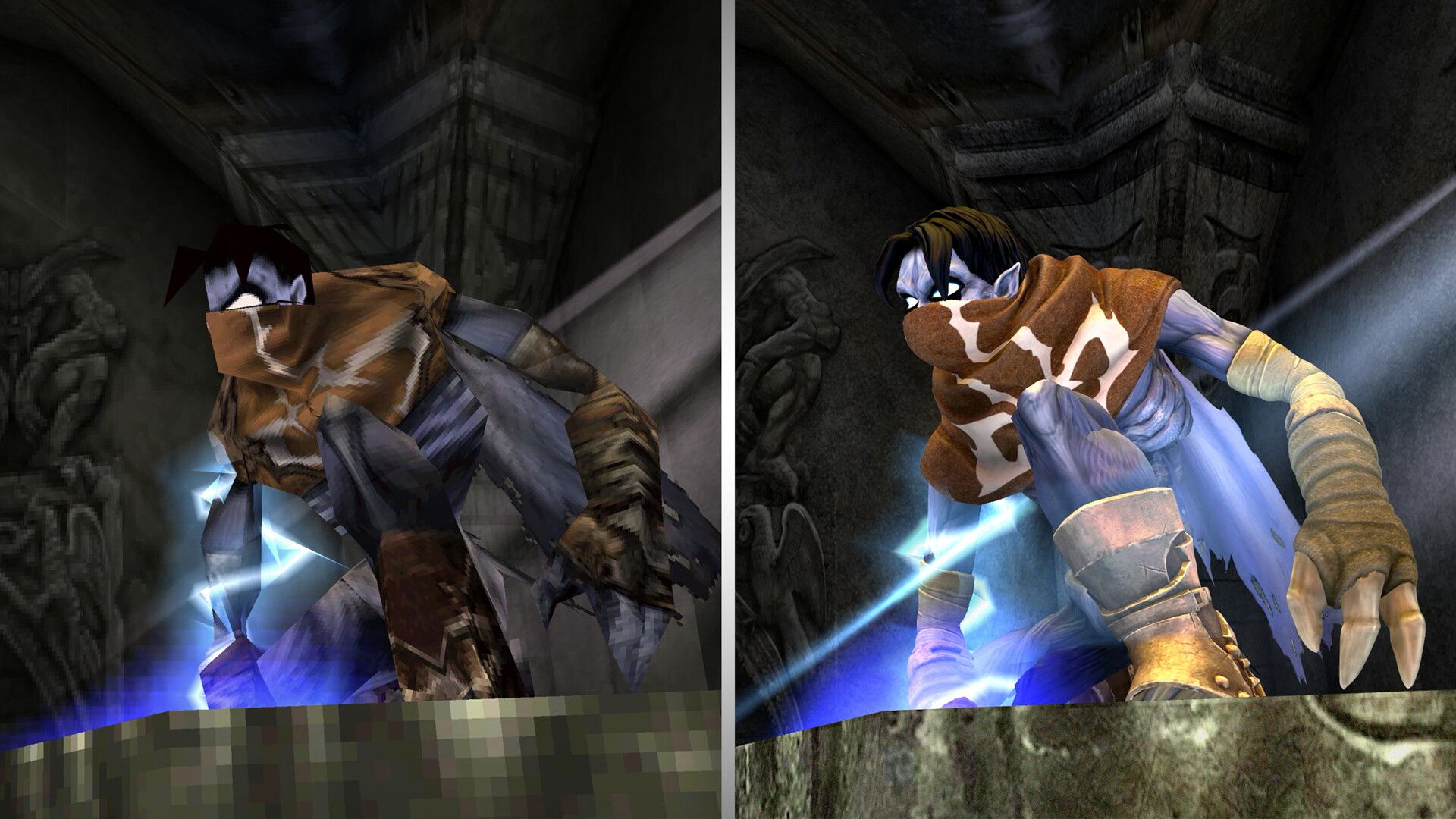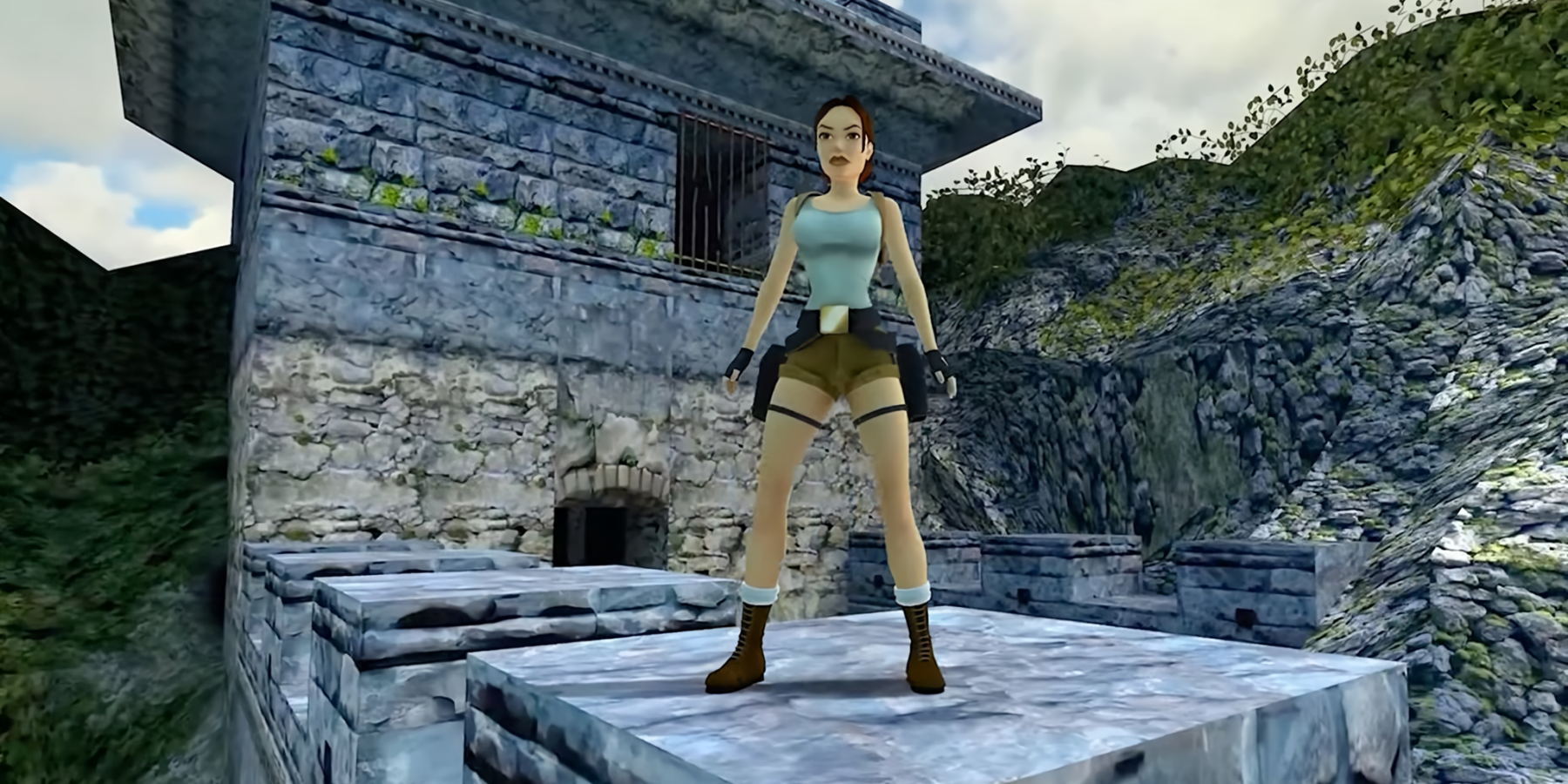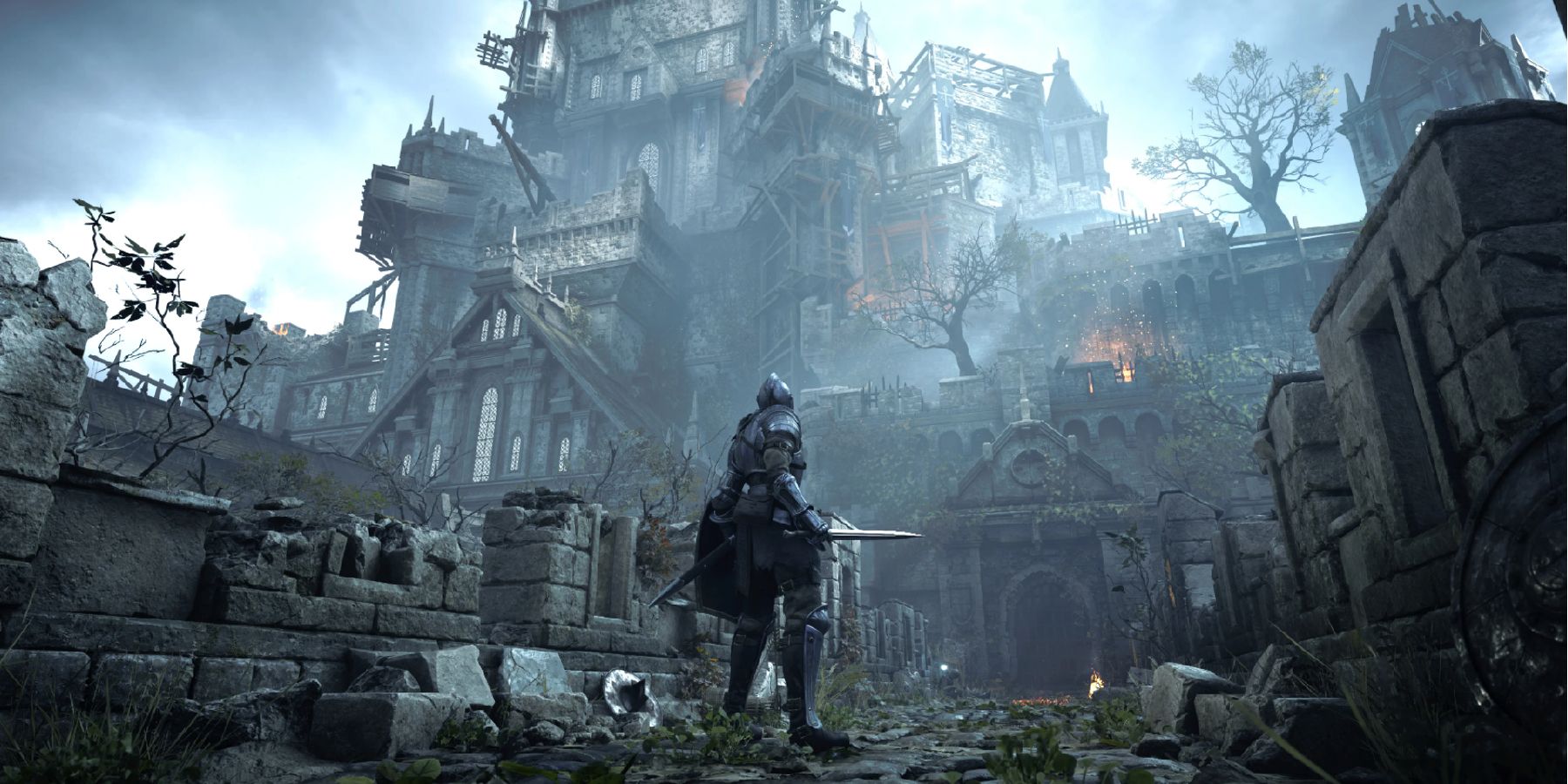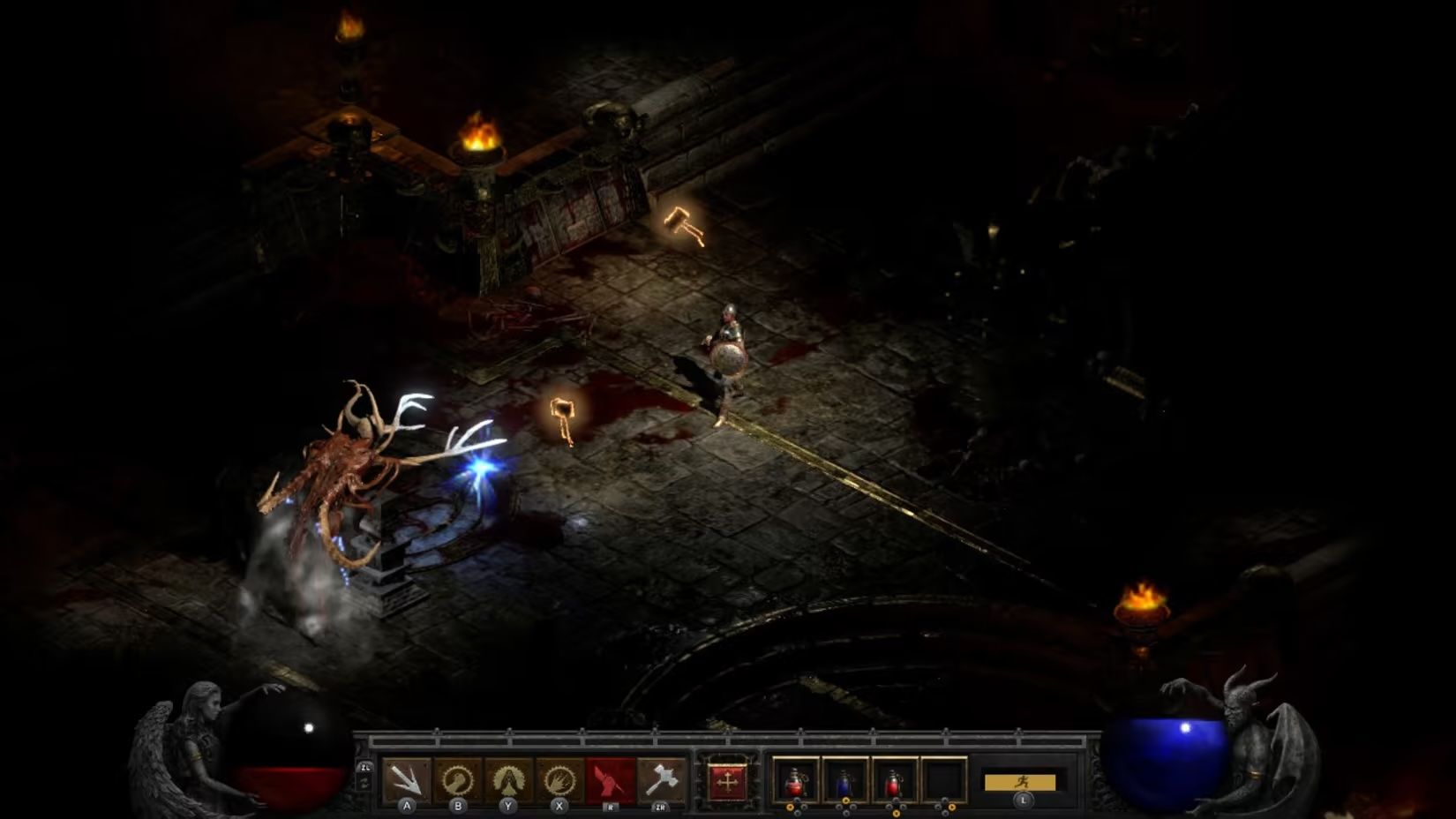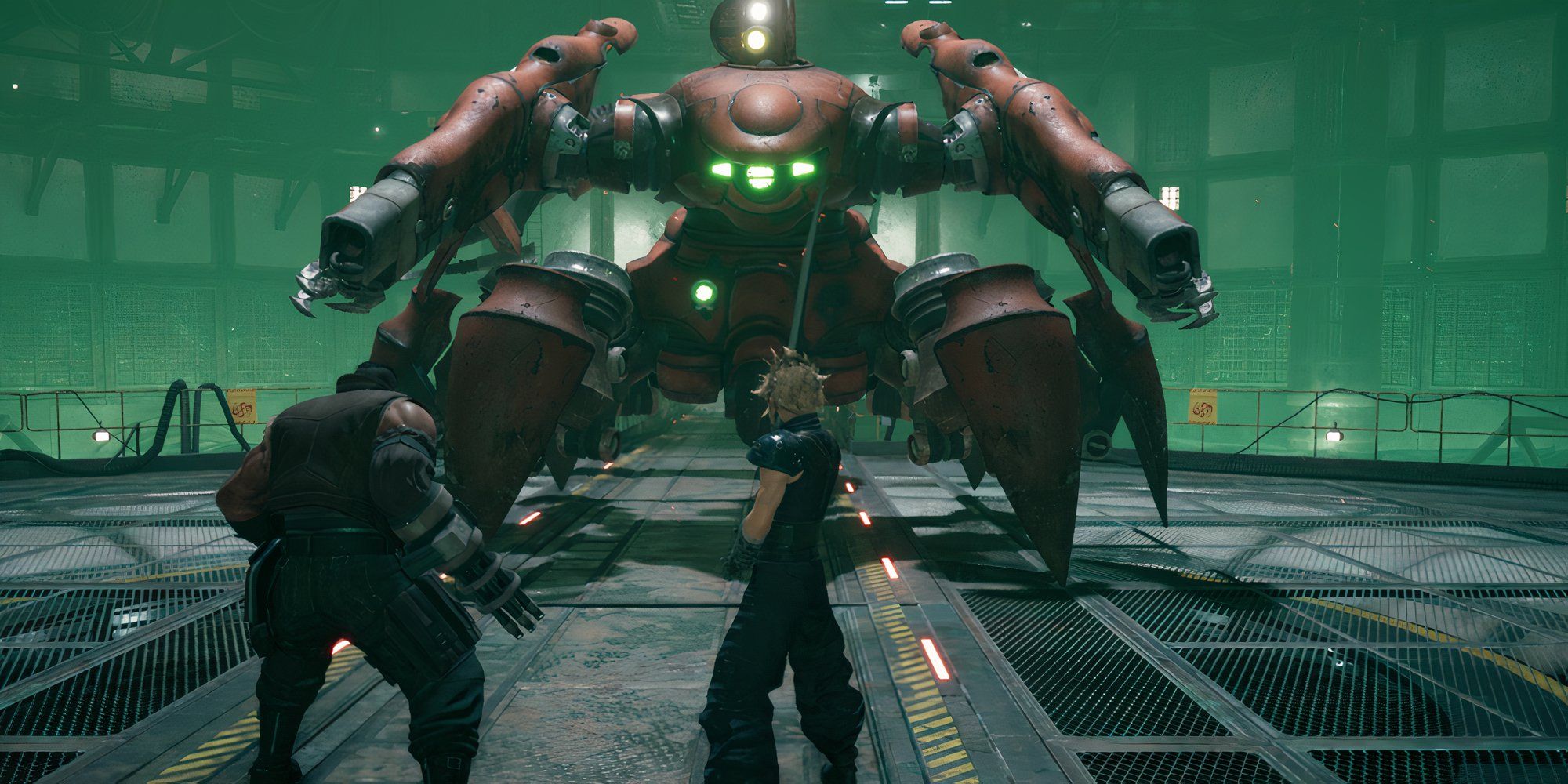Now that video games have a substantial history, there are plenty of developers (and publishers) that want to bring older games to modern audiences. The options are generally to remake or remaster the game, but what’s the difference?
These Words Are Not Interchangeable
While both words sound similar, and both have to do with bringing old games back, they are not interchangeable, though some people tend to use them that way. The easiest way to understand the broad difference between a remaster and a remake, is to look at other media where the same terms apply.
For example, if you take Alfred Hitchcock’s 1960 film Psycho and you clean up the original film, upscale it to a higher resolution using the original film stock, remove blemishes, and rework the audio to have a higher quality and modern mixing, then you have remastered it.
If, however, you produce an entirely new movie, with new actors, based on the original film’s script, then you get a remake, such as the 1998 Psycho. Modern remakes are actually quite common in the world of movies, with its storied history. Nosferatu, one of the oldest films to exist, has been remade several times. The Thing, John Carpenter’s 1982 film, is a remake of 1951’s The Thing from Another World, and Jeff Goldblum’s The Fly is likewise a remake. These remakes have since received remasters, as they are cleaned up and improved for new formats like Blu-ray.

Related
Remasters Preserve and Polish the Original Game
So with a typical game remaster, the new release is still exactly the same game. It looks the same, but the graphics are sharper, the frame rates higher, and the textures might be upscaled and improved, but clearly still look like the original artistic concept.
The game will largely still play the same, but things like control schemes might be updated to modern conventions. For example, in the classic Tomb Raider trilogy remaster, you have the choice of the original “tank” controls, or modern third-person action game controls.
There Are Degrees of Remastering
While remastering generally means leaving the core game alone, there are degrees to which this is done. The most extreme examples are games like Diablo II Resurrected and Demon’s Souls, a 2020 remaster of the PlayStation 3 game.
To be clear, everyone says that 2020’s Demon’s Souls is a remake, but the only thing that’s been redone is the visual aspect of the game, and some very minor tweaks to playability. In fact, according to Bluepoint Games who did the work, it’s literally the original game code running under a slick new lick of paint. To, me that doesn’t count as a remake, but perhaps it goes too far to be a “simple’ remaster, so it falls somewhere in between. Either way, you are playing exactly the same game, they just look different.
The same goes for Diablo II’s remaster which does pretty much the same thing, and even allows you to peek underneath the new graphics to see the original look of the game with a press of a button.
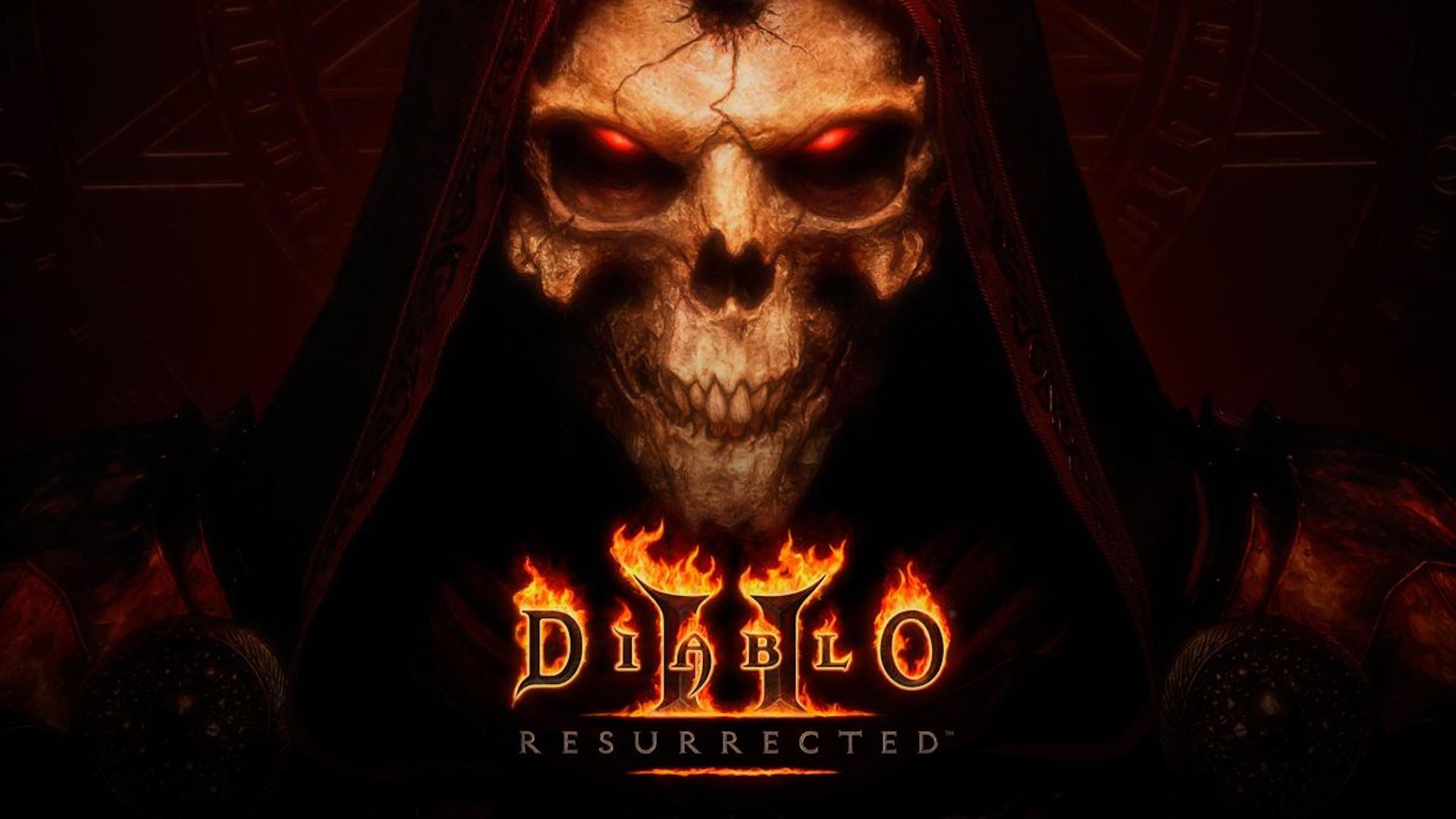
Related
Remakes Are New Games Adapted From Old Games
A proper, true remake is an entirely new game that’s based on an older game. This means when you play the remake versus the original game it’s based on, it’s not a one-to-one experience. That’s very different from playing Horizon: Zero Dawn Remastered versus the original game. The remaster is refined, with better graphics and assets, but it’s very much exactly the same game. It’s just been brought up to the same next-gen standard as its sequel Forbidden West.
That’s not the case with the various Resident Evil remakes, which all hit the same general beats as the original game, but don’t play like them and don’t have all the same content. Final Fantasy 7 Remake could not be more different from the classic turn-based JRPG it’s based on.
A remake doesn’t have to stick to the original at all. It can have different events, different endings, and an entirely different vision for the gameplay and story. A remake is a chance for developers to reimagine a classic game. This isn’t a problem, except when fans of the original title were expecting something like the Demons’ Souls or Diablo II: Resurrected treatment, and instead get an entirely new game.
Both Types of Game Have Their Own Value
Neither approach to bringing classic games back in some form is inherently better. Some games won’t appeal much to modern audiences if they’re just remastered, in which case they need the remake treatment to revitalize the franchise and bring new fans of great characters, worlds, and gameplay concepts. For many games from the modern console era (e.g. PlayStation 1 and later) a remaster is a perfect way to preserve them and bring them to modern systems.
There’s a Substantial Gray Area
As you’ve probably realized, while the two terms are distinct, some games fall into a grey area where they aren’t quite a remaster and not quite a remake. For example, if you create new assets for a game and rebuild it in a new engine, but it’s exactly the same game, is that a remake? It’s clear there are many re-releases that fall somewhere between the concepts, which we could think of as semi-remakes, where everything except the core game itself is redone.
All I know is that I have many beloved games from decades ago that could do with being ported to the latest consoles and current PC technology. So whether it’s a remake or a remaster, it’s all music to my ears.



